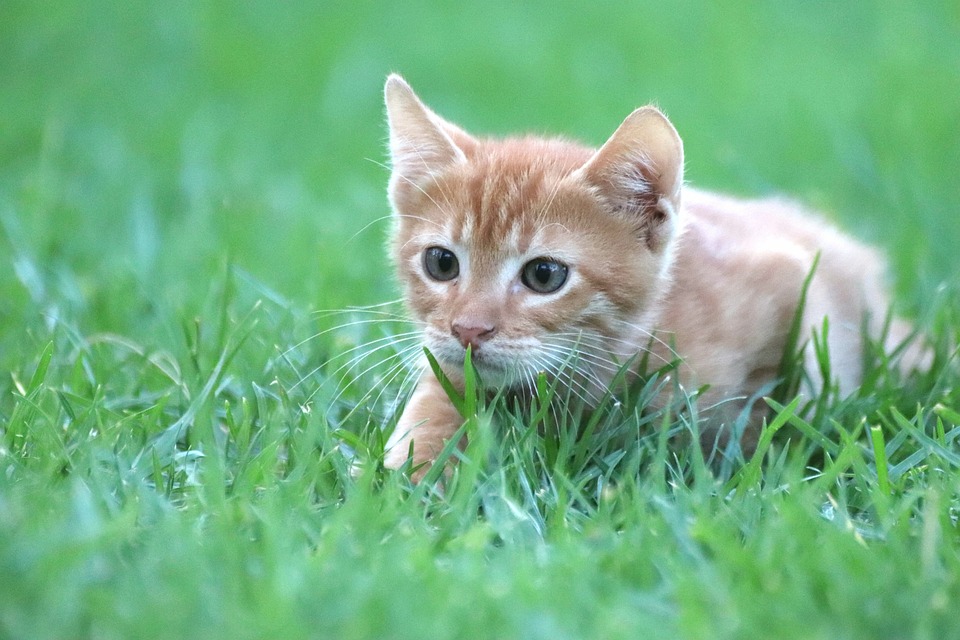Dehydration in cats can lead to serious health issues if not addressed promptly. It is important for cat owners to understand the signs, causes, and prevention tips for dehydration in order to keep their feline companions healthy and hydrated.
One of the key signs of dehydration in cats is lethargy and weakness. Cat owners can identify these signs by observing changes in their cat’s daily activities. If a cat is less active or seems weak, it may be a sign of dehydration.
Loss of appetite and weight loss are also common signs of dehydration in cats. Monitoring a cat’s eating habits and recognizing sudden weight loss can help identify if dehydration is a concern.
Dry mouth and sunken eyes are physical cues that can indicate dehydration in cats. Cat owners should look for signs of a dry mouth, such as sticky gums or excessive panting, as well as sunken eyes, which can be a result of fluid loss.
Another way to determine if a cat is dehydrated is by performing the “skin pinch” test. By gently pinching the skin on the back of a cat’s neck, cat owners can assess the cat’s skin elasticity. If the skin does not bounce back quickly, it may be a sign of dehydration.
There are several causes of dehydration in cats. Inadequate water intake is a common cause, so it is important for cat owners to ensure their cats have access to fresh and clean water at all times. Cat owners should also be aware of illnesses and health conditions that can contribute to dehydration and consult a veterinarian for diagnosis and treatment.
Gastrointestinal issues, such as diarrhea and vomiting, can also lead to dehydration in cats. Cat owners should be vigilant in recognizing these issues and take steps to manage and prevent them.
Environmental factors, such as temperature and humidity, can also affect a cat’s hydration. Cat owners should create a comfortable environment for their cats and ensure they have access to cool and shaded areas during hot weather.
To prevent dehydration in cats, cat owners should provide fresh and clean water at all times. Water bowls should be changed frequently to ensure cleanliness. Cat owners can also encourage water consumption by experimenting with different water sources, such as using pet fountains or adding ice cubes to the water bowl.
Incorporating wet food into a cat’s diet can also help with hydration. Wet food has a higher water content than dry food, and can help ensure that cats are getting enough fluids.
Regular vet check-ups are essential for detecting dehydration and underlying health issues early on. Cat owners should schedule regular visits to the veterinarian to ensure their cat’s health and well-being.
In conclusion, recognizing the signs of dehydration, understanding its causes, and implementing preventive measures are crucial for maintaining a cat’s well-being. By prioritizing hydration and making necessary adjustments, cat owners can ensure that their feline companions lead healthy and happy lives. If dehydration is suspected, seeking veterinary assistance is always recommended.








